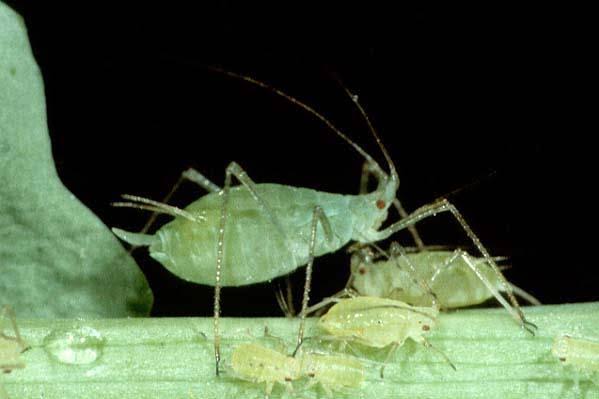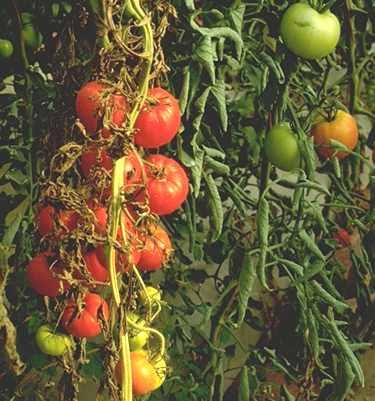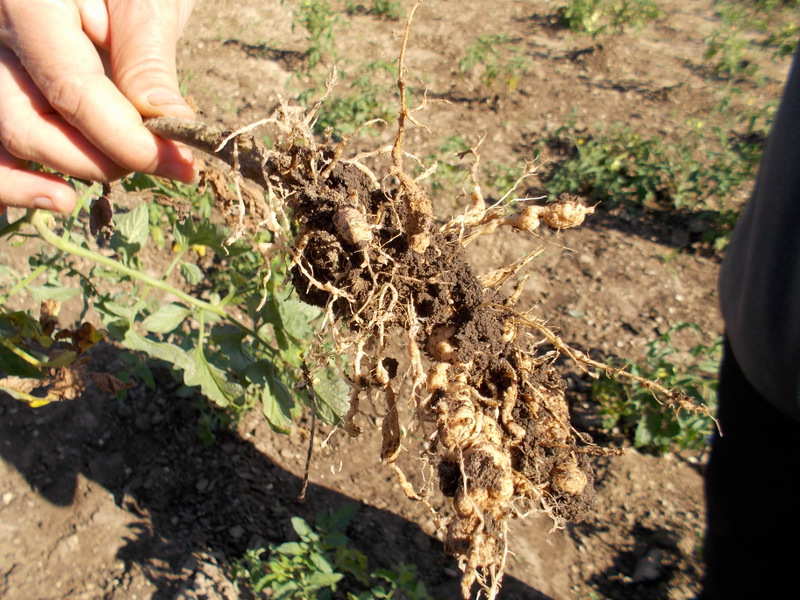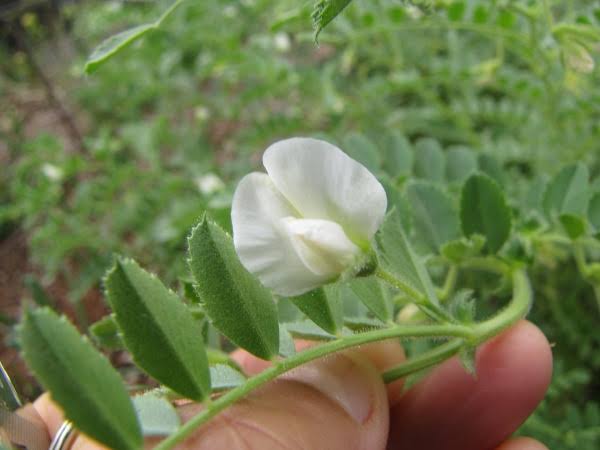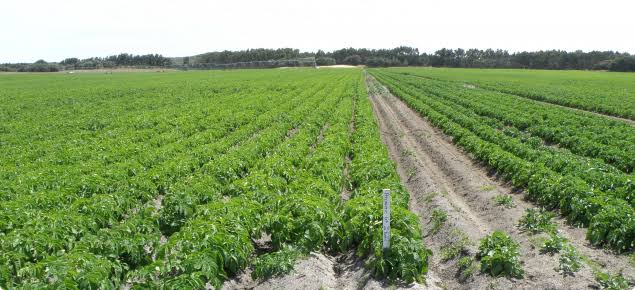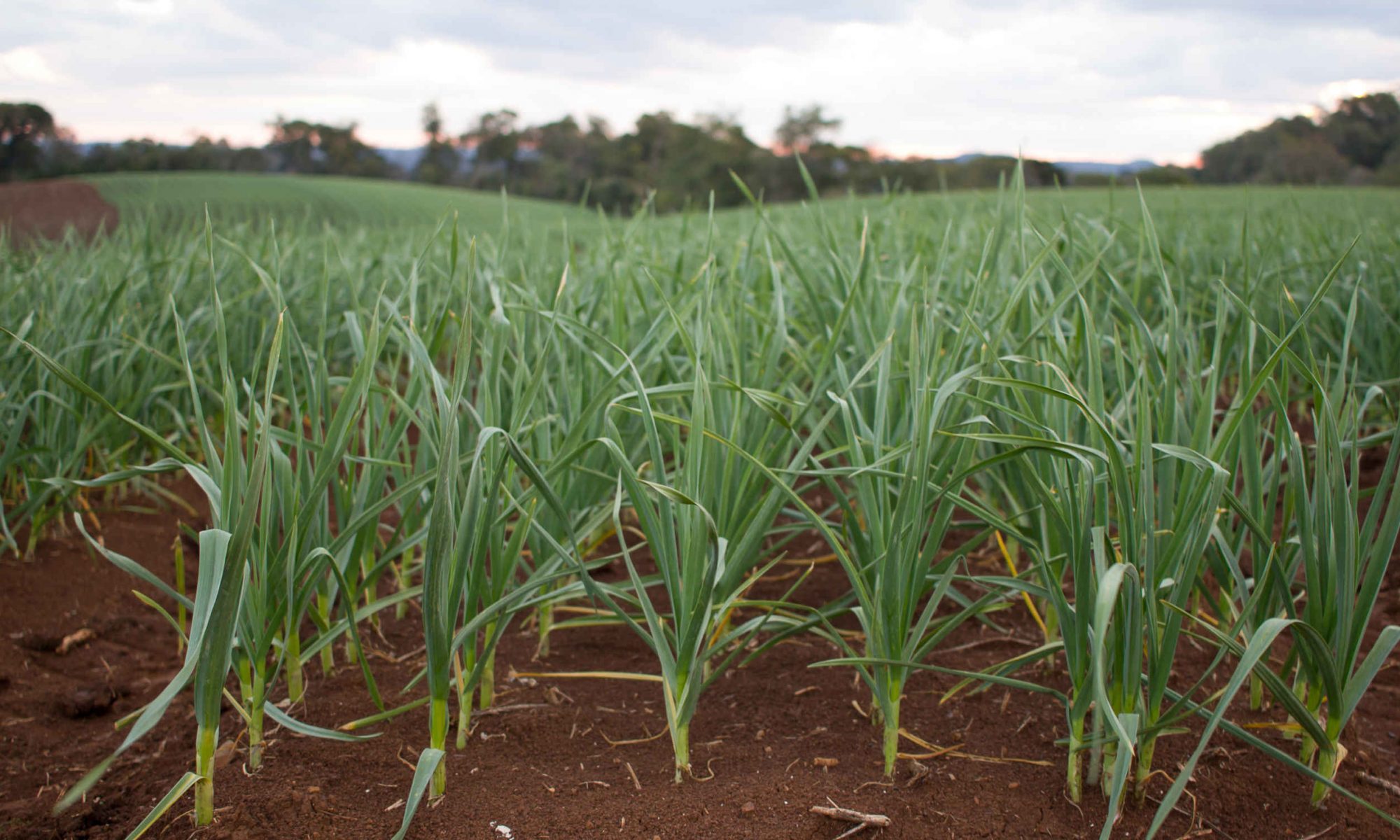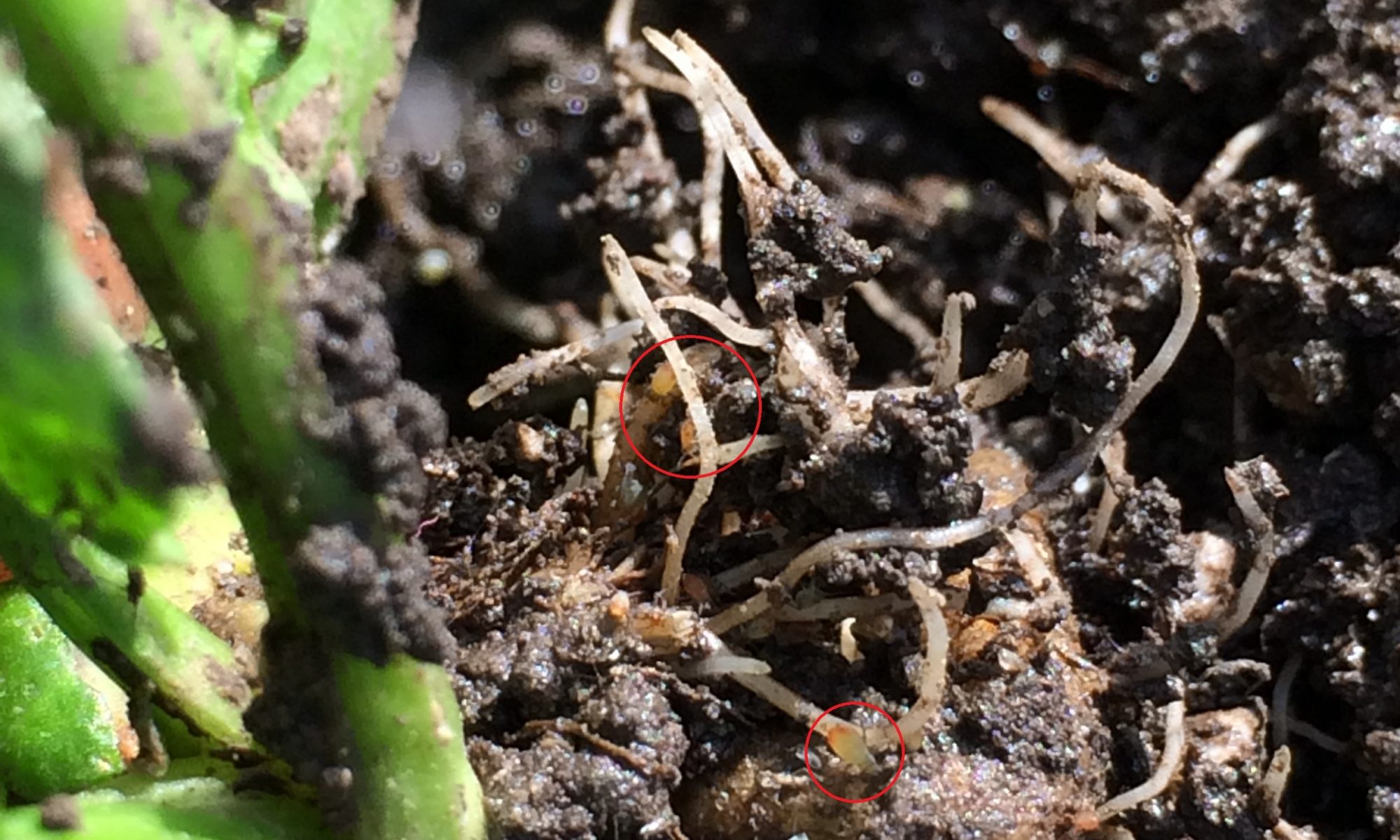Skip to content
- Small green insects, adults are large pear-shaped green, yellow or pink in color.
Damage:-
- Suck the plant sap from leaves, flowers, and pods.
- The affected leaves often get cupped or become irregularly distorted, shoots become stunted and malformed.
- Honeydew secreted by the aphids encourages the growth of Sooty mold.
Share
- Use resistant varieties.
- Do use deep summer plowing to control root-knot nematode.
- Neem cake at the rate of 80 Kg/Acre should be applied for effective control.
- Carbofuran 3G at the rate of 8 kg/acre should be applied as a soil treatment.
- Paecilomyces lilacinus-1% WP @ 10 g / kg seed for seed treatment, 50 gm / meter sq Nursery Treatment, 2.5 to 5 kg/ Hectare Soil application.
Share
Damage:-
- The nematode attacks the roots and produces tiny galls.
- The infected plants show symptoms of withering and wilting of leaves.
- The block the movement of nutrients and water in the plant system and subjected to wilt and finally leads to death.
- The growth of the plant is stunted fruiting capacity adversely affected.
- Yellow of the foliage and wilting of the upper leaves occurs.
Share
- We can promote flowering and takes high yield through given below products.
- Spray Homobrassinolide 0.04% W/w 100 ml/acre.
- Apply seaweed extract 200-250 ml/acre.
- Use micro-nutrients 200 gm/acre especially boron.
- Spray 2 gm/acre gibberellic acid.
Share
- Keeping a potato crop at optimum moisture levels for the duration of the season requires a high degree of management.
- There are certain stages of growth where water management is more critical:
- 1) Emergence Stage
- 2) Tuber set Stage
- 3) Bulking up Stage
- 4) Final crop Stage
- 5) Pre-harvest irrigation Stage.
Share
- For proper germination, pre-sowing irrigation is a must if the soils are dry.
- Normally 2-3 irrigation is needed for midseason peas or late sown peas.
- Moisture stress at flowering and subsequent pod filling stage are most undesirable affecting the yield and quality of pods.
Share
- Calcium is an important nutrient in garlic and has a key role to play in crop yield and quality.
- Calcium promotes enhance of root establishment and elongation of cells resulting in increasing plant height.
- It also has a improve tolerance of disease and chilling injury.
- Although the recommended dose of calcium in the Garlic is good for yield, quality, and storage capacity.
- The recommended dose of calcium is 4 Kg/Acre or according to soil testing report.
Share
- Apply deep plowing before sowing.
- Use well rotten FYM in the field.
- Fill kerosene in a mound of termites.
- The seed should be treated with Chlorpyriphos (20% EC) @ 5 ml/kg of seed before sowing.
- Broadcast Chlorpyriphos (20% EC)@ 1 litre/Acre with any fertilizer
- Beauveria bassiana 1 kg/ acre
- broadcast Fax grannule 7.5 kg/ acre.
Share
- Termites damage the crop soon after sowing and sometimes near maturity.
- They feed on roots, stems of growing plants, even dead tissues of plant-feeding on cellulose.
- The damaged plants dry up completely and are easily pulled out.
- The plants damaged at later stages give rise to white ears.
- Infestation is heavy under unirrigated conditions and in the fields where un-decomposed farmyard manure is applied before sowing.
Share
- Avoid late sowing.
- Avoid using excessive nitrogen fertilizers.
- If the infestation in standing crop, Spray imidacloprid 17.8% SL @ 60-70 ml/acre.
- Or apply thiamethoxam 25% WG @ 100 gm + beauveria bassiana 2 kg/acre in soil with fertilizer/Sand/soil before irrigation.
Share

